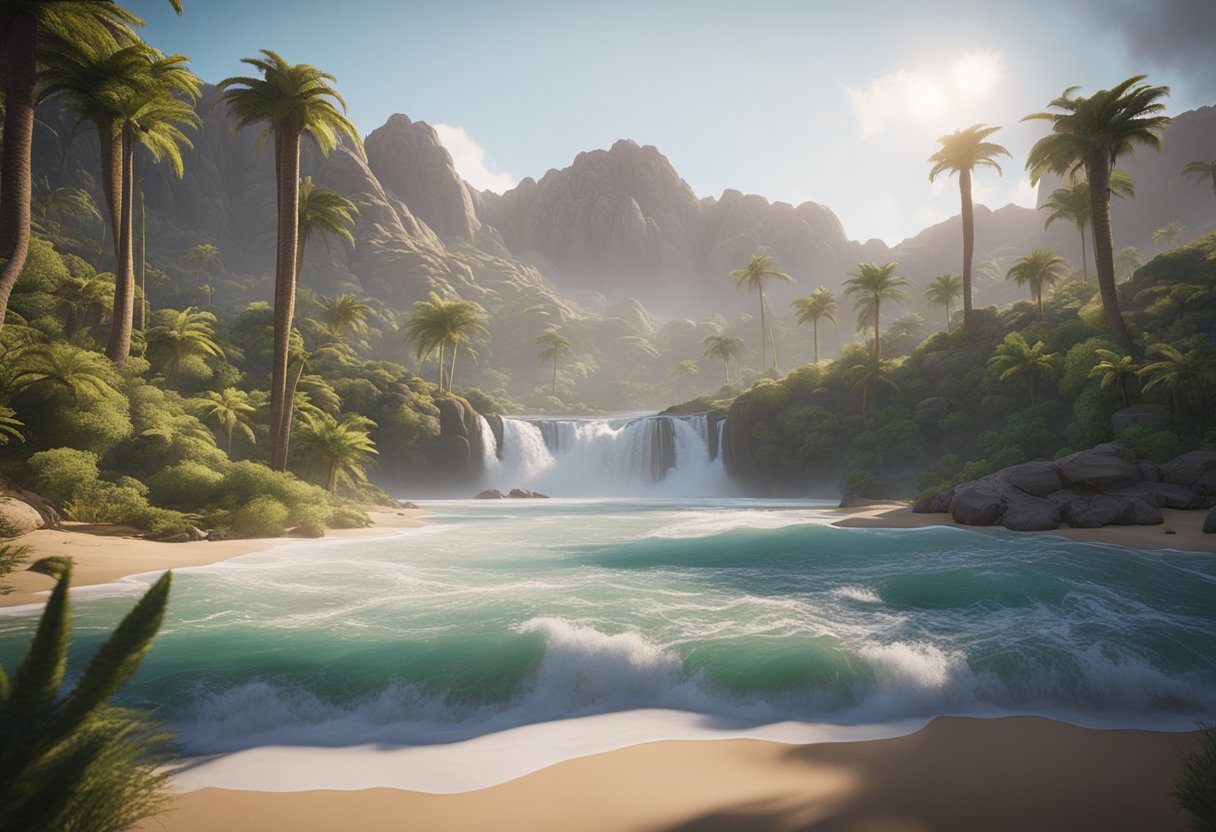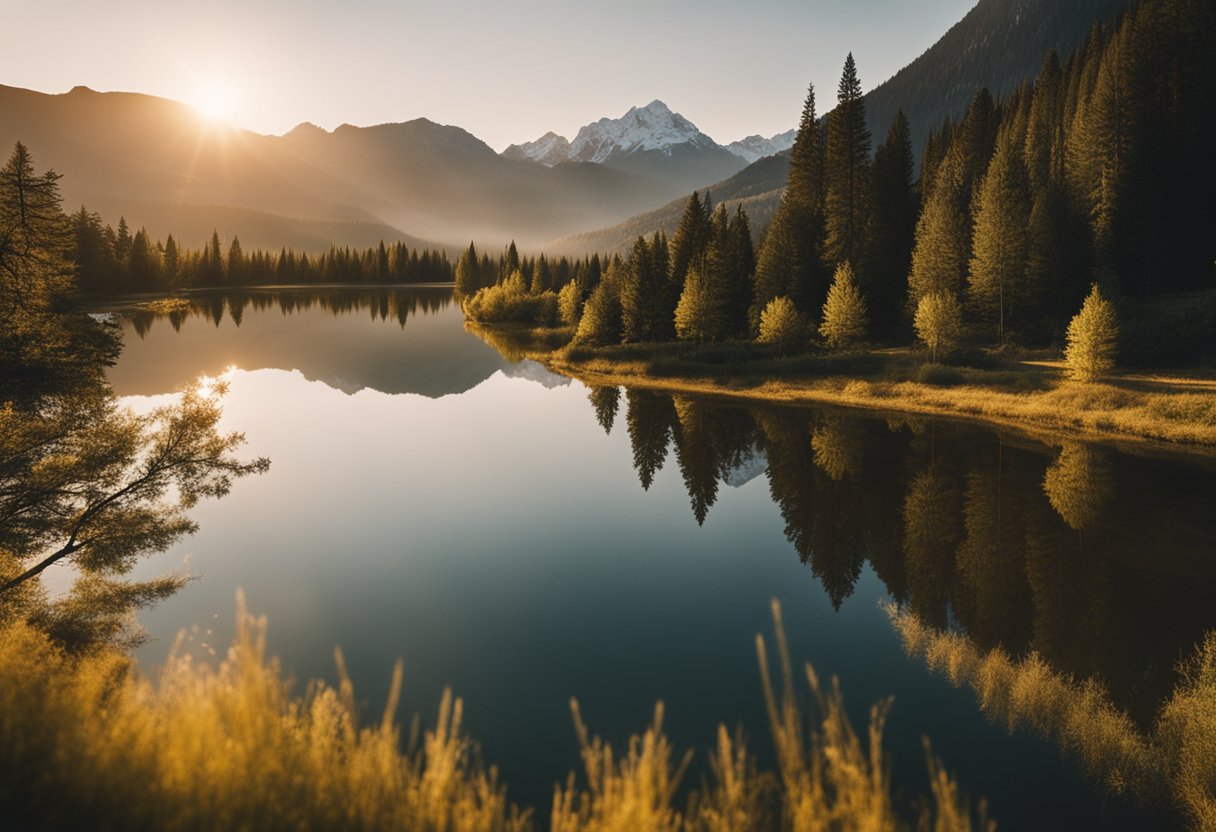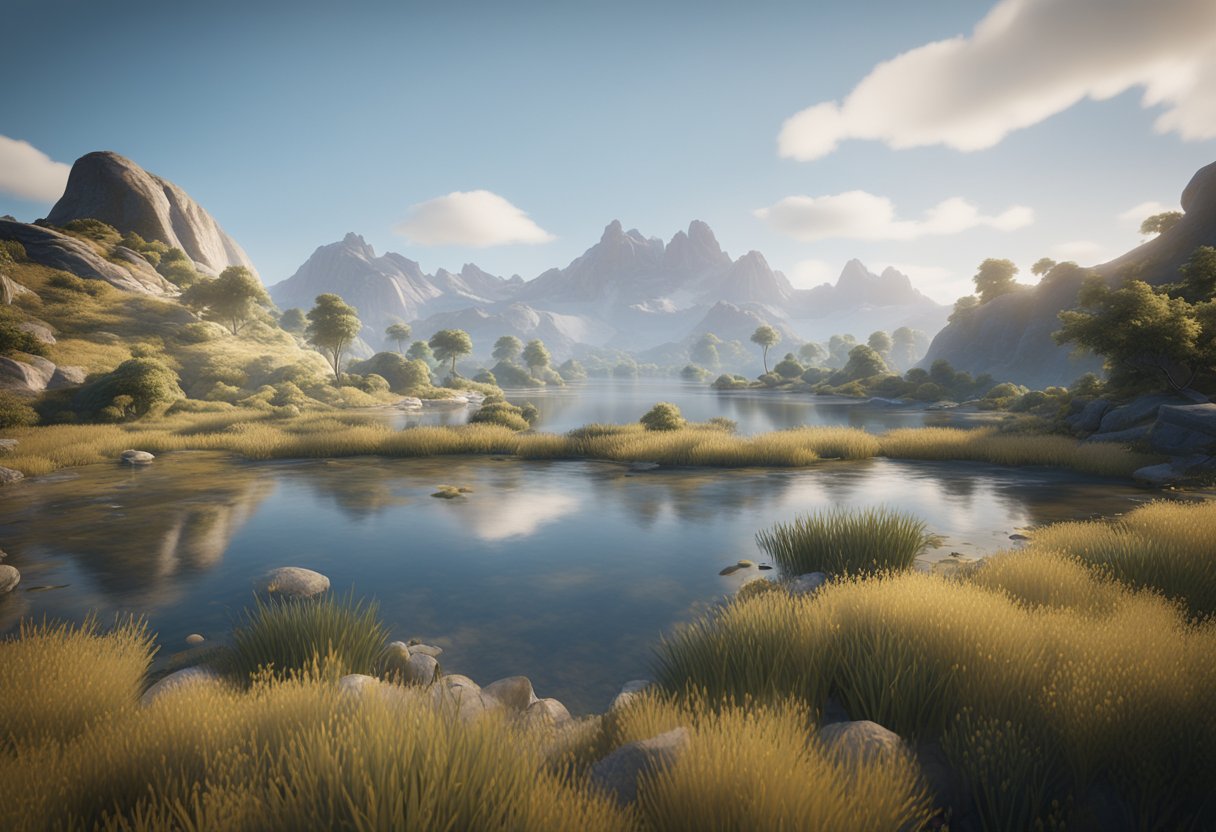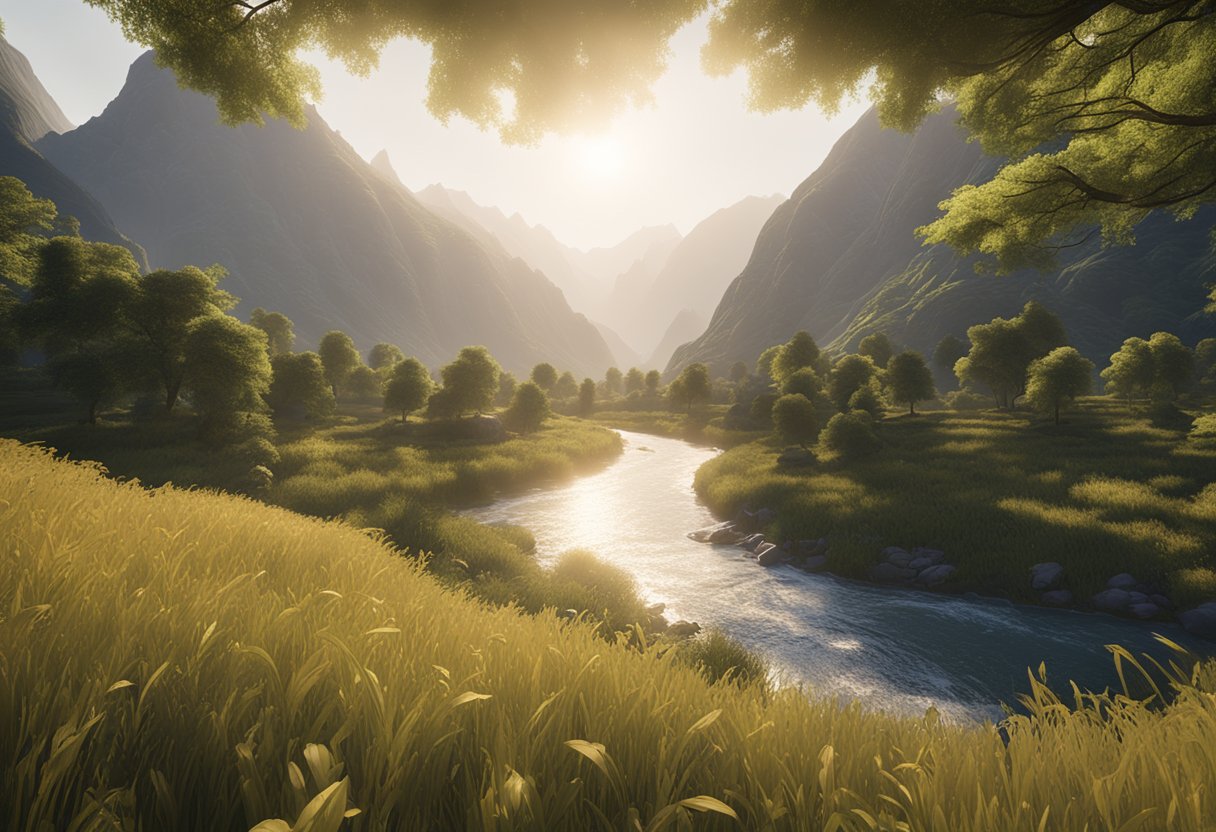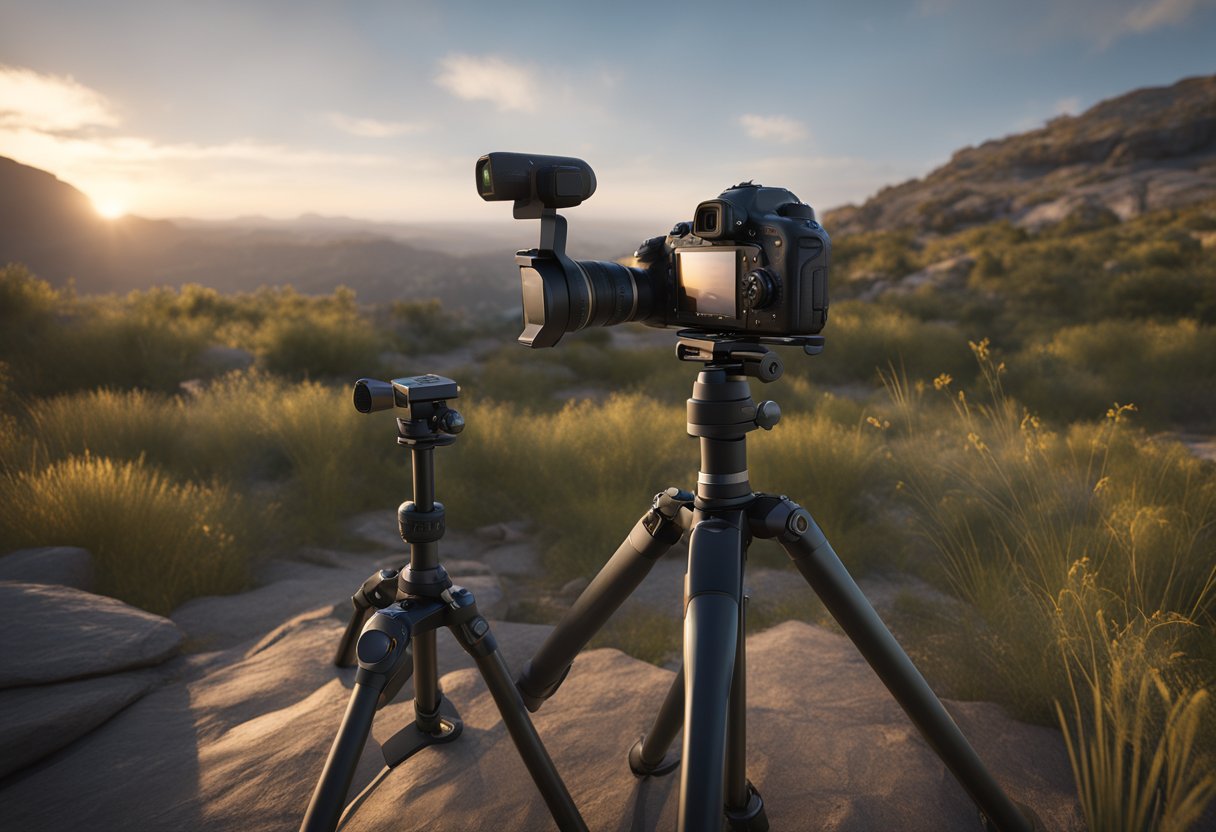
Capturing landscapes in low light conditions can be a challenging task for photographers. The right equipment is essential to ensure that the images captured are of high quality and accurately portray the beauty of the landscape. In this article, we will discuss the essential equipment needed for capturing landscapes in low light conditions.
One of the most important pieces of equipment for capturing landscapes in low light is a sturdy tripod. A tripod helps stabilize the camera and prevents any unwanted camera shake, resulting in sharper images. When shooting in low light conditions, longer exposure times are often required, making a tripod even more crucial to ensure that the image is not blurred.
Another important piece of equipment is a fast lens with a wide aperture. A lens with a wide aperture allows more light to enter the camera, making it easier to capture images in low light conditions. This type of lens also allows for a shallower depth of field, which can be useful for creating a more dramatic effect in landscape photography. In the next section, we will discuss some of the best lenses for capturing landscapes in low light conditions.
Camera Equipment
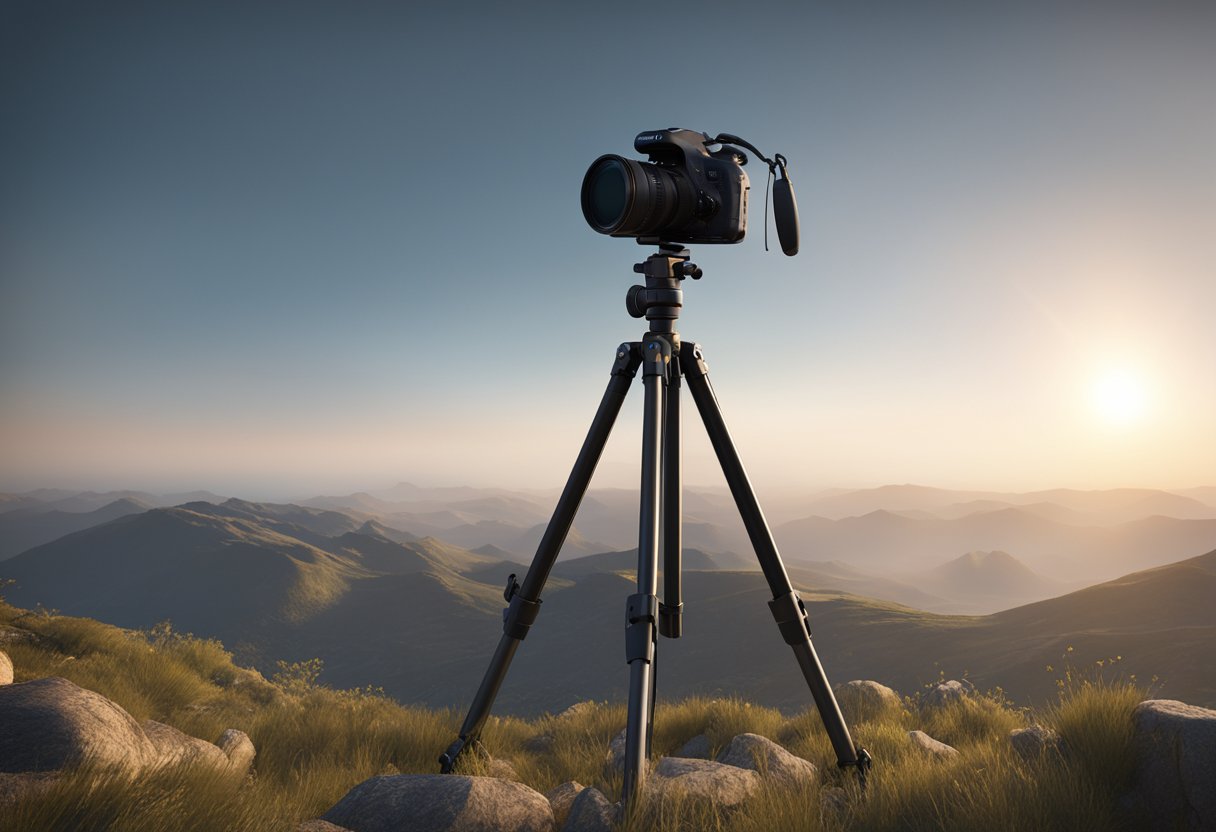
Cameras for Low Light
When it comes to capturing landscapes in low light conditions, having a camera with good low light performance is essential. Look for cameras with larger sensors, such as full-frame or APS-C, as they tend to perform better in low light. Some popular options include the Sony A7R IV, Canon EOS R5, and Nikon Z7.
Lenses with Wide Apertures
Pairing a camera with a lens that has a wide aperture can make a big difference in low light conditions. Look for lenses with apertures of f/2.8 or wider, such as the Canon EF 16-35mm f/2.8L III USM or the Sony FE 24-70mm f/2.8 GM. These lenses allow more light to enter the camera, resulting in brighter and clearer images.
Tripods for Stability
When shooting in low light, it’s important to keep the camera stable to prevent blurry images. A sturdy tripod can help achieve this. Look for tripods made of lightweight materials, such as carbon fiber, for easy transportation. Some popular options include the Manfrotto MT055CXPRO3 and the Gitzo GT1542T Series 1 Traveler. Additionally, consider using a remote shutter release or the camera’s self-timer to further reduce camera shake.
Lighting and Accessories
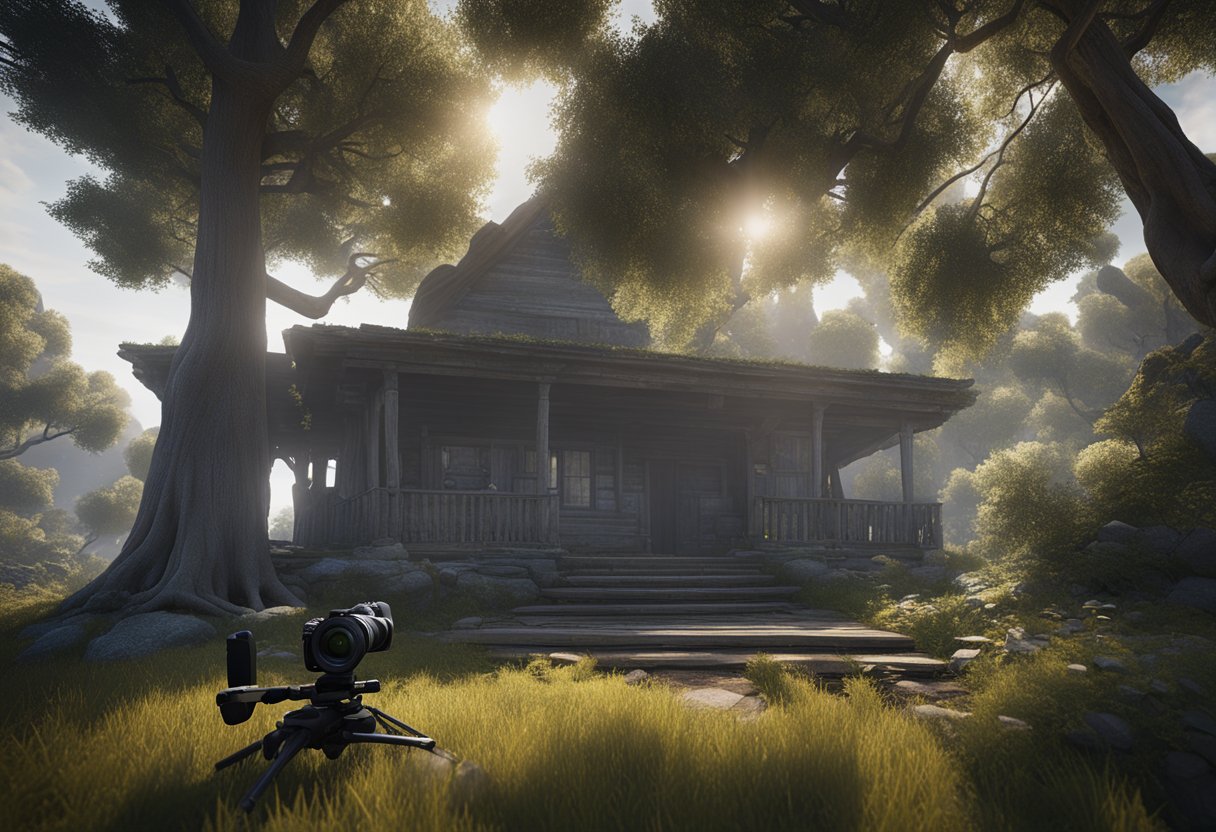
Artificial Lighting Solutions
In low light conditions, it is essential to have additional lighting to properly capture landscapes. Artificial lighting solutions such as LED panels, flashlights, and external flashes can provide the necessary illumination. LED panels are a popular choice as they offer a more natural light and can be adjusted to different brightness levels. Flashlights and external flashes can be used to highlight specific areas of the landscape.
Remote Shutter Releases
A remote shutter release is a device that allows the photographer to trigger the camera without physically pressing the shutter button. This is especially useful in low light conditions as it eliminates any camera shake that can occur when pressing the shutter button manually. Remote shutter releases can be wired or wireless and are available for most camera models.
Lens Filters for Light Control
Lens filters can be used to control the amount of light that enters the camera. Neutral density filters can be used to reduce the amount of light, allowing for longer exposures in low light conditions. Graduated neutral density filters can be used to balance the exposure between the sky and the landscape. Polarizing filters can be used to reduce glare and enhance colors in the landscape.
Overall, having the right lighting and accessories is crucial for capturing landscapes in low light conditions. By using artificial lighting solutions, remote shutter releases, and lens filters, photographers can achieve stunning results even in challenging lighting situations.
Power Solutions
Extra Batteries
When capturing landscapes in low light conditions, it’s essential to have enough power to keep your camera running. Extra batteries are a must-have for any landscape photographer. Make sure you have at least one spare battery fully charged and ready to go. It’s also a good idea to invest in high-quality batteries that will last longer and provide more power.
Portable Chargers
In addition to extra batteries, it’s also a good idea to have a portable charger on hand. Portable chargers are lightweight and compact, making them easy to carry in your camera bag. They can provide a quick and convenient way to charge your camera batteries on the go. When choosing a portable charger, consider the capacity, output, and compatibility with your camera batteries. Look for a charger that can provide multiple charges and has a high enough output to charge your batteries quickly.
Overall, having reliable power solutions is essential for capturing stunning landscapes in low light conditions. By investing in extra batteries and portable chargers, you can ensure that you never miss a shot due to a dead battery.
Post-Processing Software
Post-processing software is an essential tool for photographers who capture landscapes in low light conditions. This software helps to enhance the images and bring out the best in them. There are various post-processing software available in the market, and each has its unique features. In this section, we will discuss two essential post-processing software used for capturing landscapes in low light conditions.
Editing Software for Exposure Adjustment
Editing software for exposure adjustment is a crucial tool for landscape photographers. This software allows photographers to adjust the brightness, contrast, and exposure of the image. Adobe Lightroom and Capture One are two popular editing software used for exposure adjustment.
Adobe Lightroom is a powerful tool that allows photographers to edit their images in a non-destructive way. It has a user-friendly interface that makes it easy for photographers to adjust exposure, contrast, and brightness. Lightroom also has a range of presets that can be used to quickly enhance the image.
Capture One is another popular editing software used by landscape photographers. It has a powerful engine that allows photographers to adjust exposure, contrast, and brightness. Capture One also has a range of presets that can be used to quickly enhance the image.
Noise Reduction Tools
Noise reduction tools are essential for landscape photographers who capture images in low light conditions. These tools help to reduce the noise in the image and produce a cleaner and sharper image. Adobe Lightroom and Topaz DeNoise are two popular noise reduction tools.
Adobe Lightroom has a built-in noise reduction tool that allows photographers to reduce the noise in their images. It is a simple tool that can be used by photographers of all levels.
Topaz DeNoise is a powerful noise reduction tool that uses advanced algorithms to reduce noise in the image. It has a range of presets that can be used to quickly reduce noise in the image. Topaz DeNoise is a paid software, but it is worth the investment for photographers who capture images in low light conditions.
In conclusion, post-processing software is an essential tool for photographers who capture landscapes in low light conditions. Editing software for exposure adjustment and noise reduction tools are two crucial software that can help photographers produce high-quality images.
Techniques and Settings
Long Exposure Techniques
Capturing landscapes in low light conditions requires a good understanding of long exposure techniques. This means that the shutter speed should be set to a slow setting, allowing more light to enter the camera sensor. A tripod is essential to keep the camera steady during the long exposure, preventing camera shake and blurred images.
Using a remote shutter release or the camera’s timer function can also help to reduce camera shake. Additionally, using a neutral density filter can help to reduce the amount of light entering the camera, allowing for longer exposure times without overexposing the image.
ISO Settings for Low Light
When capturing landscapes in low light conditions, it’s important to adjust the ISO settings to achieve the best results. A higher ISO setting can increase the sensitivity of the camera sensor, allowing for a brighter image. However, this can also introduce noise or grain to the image, which can reduce image quality.
A lower ISO setting can produce a cleaner image, but it may require a longer exposure time to achieve the desired brightness. It’s important to find the right balance between ISO and exposure time to achieve the best results.
In summary, using long exposure techniques and adjusting the ISO settings can help to capture stunning landscapes in low light conditions. By using a tripod, remote shutter release, neutral density filter, and finding the right balance between ISO and exposure time, photographers can create beautiful and high-quality images.
Final Words
Capturing landscapes in low light conditions can be challenging, but with the right equipment and techniques, it is possible to achieve stunning results. The key is to invest in high-quality gear that is specifically designed for low light photography.
A sturdy tripod is essential to keep the camera steady and avoid blurry images. A remote shutter release or self-timer can also be helpful to further reduce camera shake. Additionally, a wide-angle lens with a low aperture can help capture more light and create a greater depth of field.
It is also important to consider the type of camera body being used. Full-frame cameras tend to perform better in low light conditions due to their larger sensor size. However, newer crop-sensor cameras are also capable of producing excellent results.
Lastly, it is important to experiment with different settings such as ISO, shutter speed, and aperture to find the best combination for the specific lighting conditions. By following these tips and investing in the right equipment, anyone can capture stunning landscapes in low light conditions.

